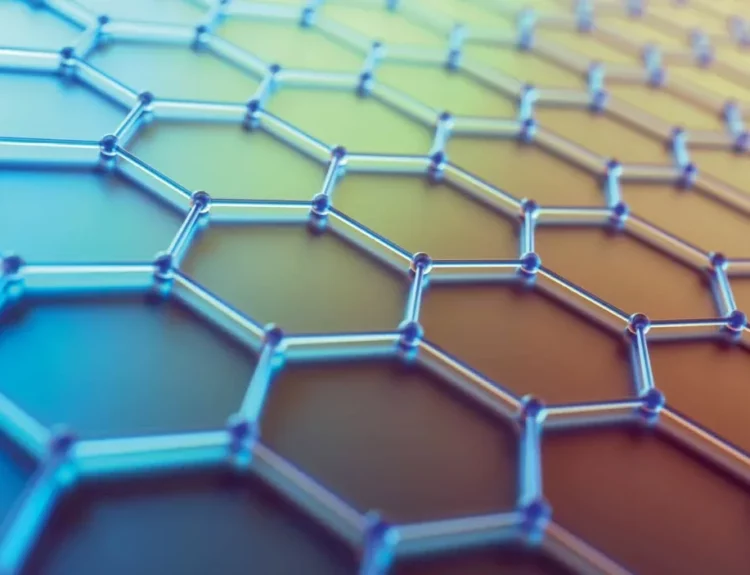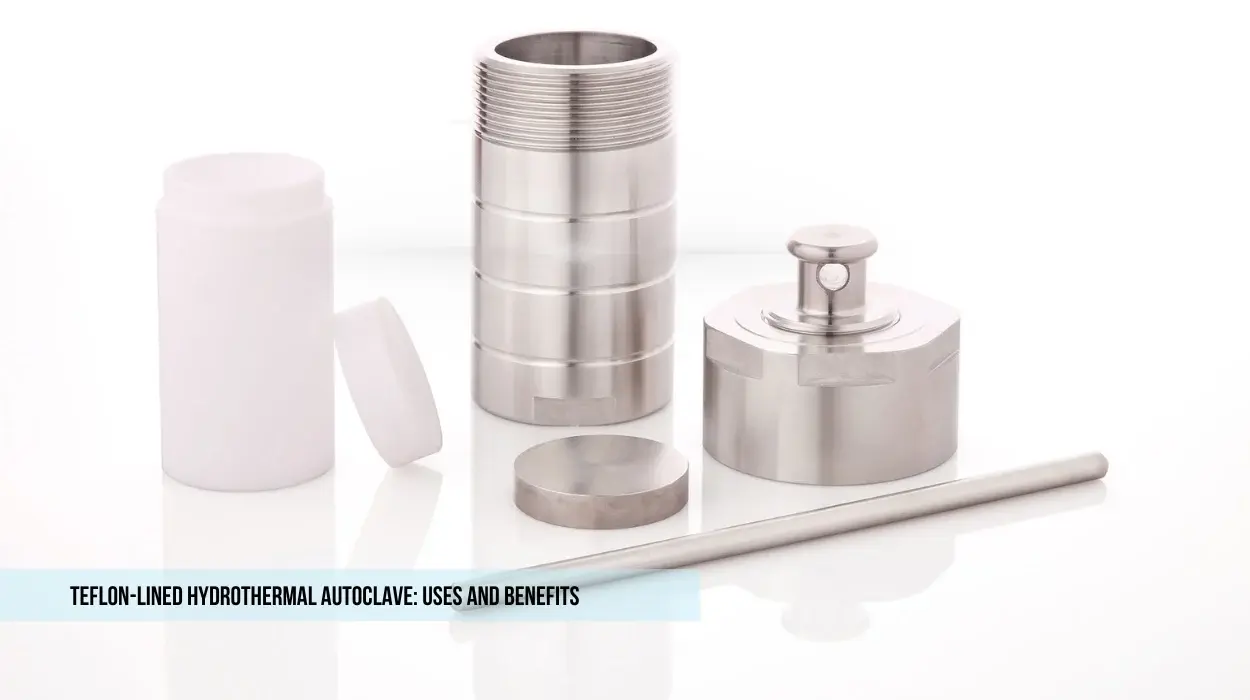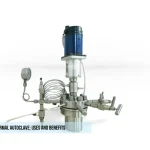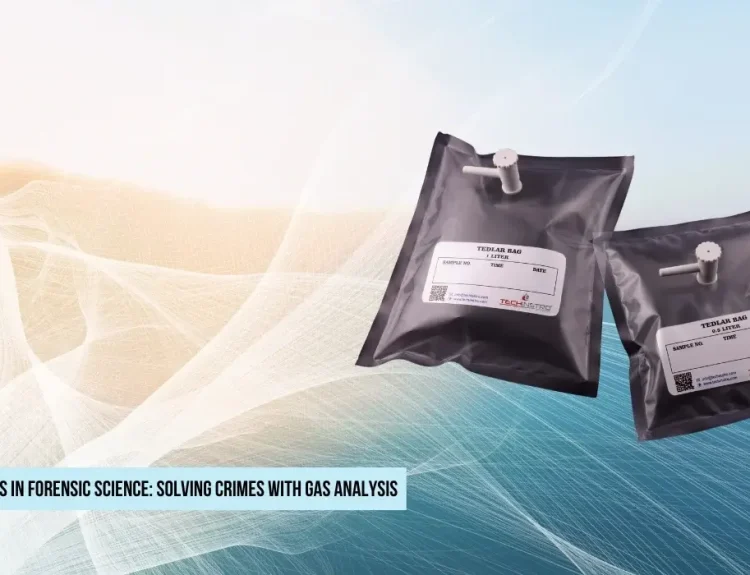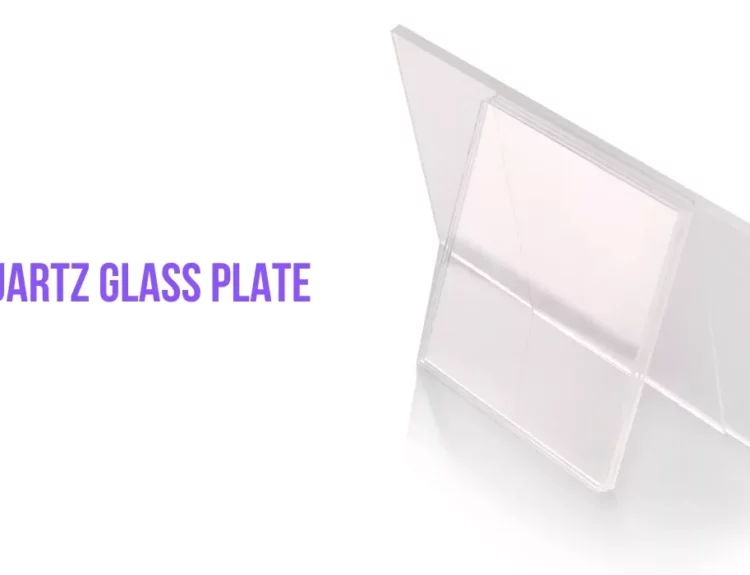A Teflon-lined hydrothermal autoclave is a unique laboratory container for chemical reactions under high temperatures and pressure. It is made of a strong outer metal shell (usually stainless steel) and a Teflon (PTFE – Polytetrafluoroethylene) inner lining. This lining makes the autoclave resistant to heat, pressure, and corrosive chemicals.
Common Uses of Teflon-Lined Hydrothermal Autoclaves
- Nanomaterial Synthesis Used to create tiny nanoparticles and nanostructures (like graphene, metal oxides, and quantum dots) by heating chemicals in a controlled environment.
- Crystal Growth It helps grow single crystals for electronics, optics, and material science research.
- Hydrothermal Reactions Allows chemical reactions in water at high temperatures and pressures, mimicking natural geological processes.
- Sample Digestion Used to dissolve rigid materials (like rocks, metals, or biological samples) for lab analysis.
- Biomass Conversion It helps break down plant and organic waste into valuable biofuels and chemicals.
- Polymer & Composite Research Used to study how different materials behave under extreme conditions.
Best Buy Teflon-Lined Hydrothermal Autoclave
Why Use a Teflon Lining?
- Chemical Resistance – Teflon does not react with acids, alkalis, or solvents.
- Non-Stick Surface – Prevents samples from sticking, making cleaning easier.
- High-Temperature Stability – Can withstand up to 250°C (or higher sometimes).
- Prevents Contamination – Keeps the sample pure by not leaching any metals.
Conclusion
The Teflon-lined hydrothermal autoclave is a must-have tool in chemistry, material science, and nanotechnology labs. Its ability to handle extreme conditions safely makes it perfect for research and industrial applications.
